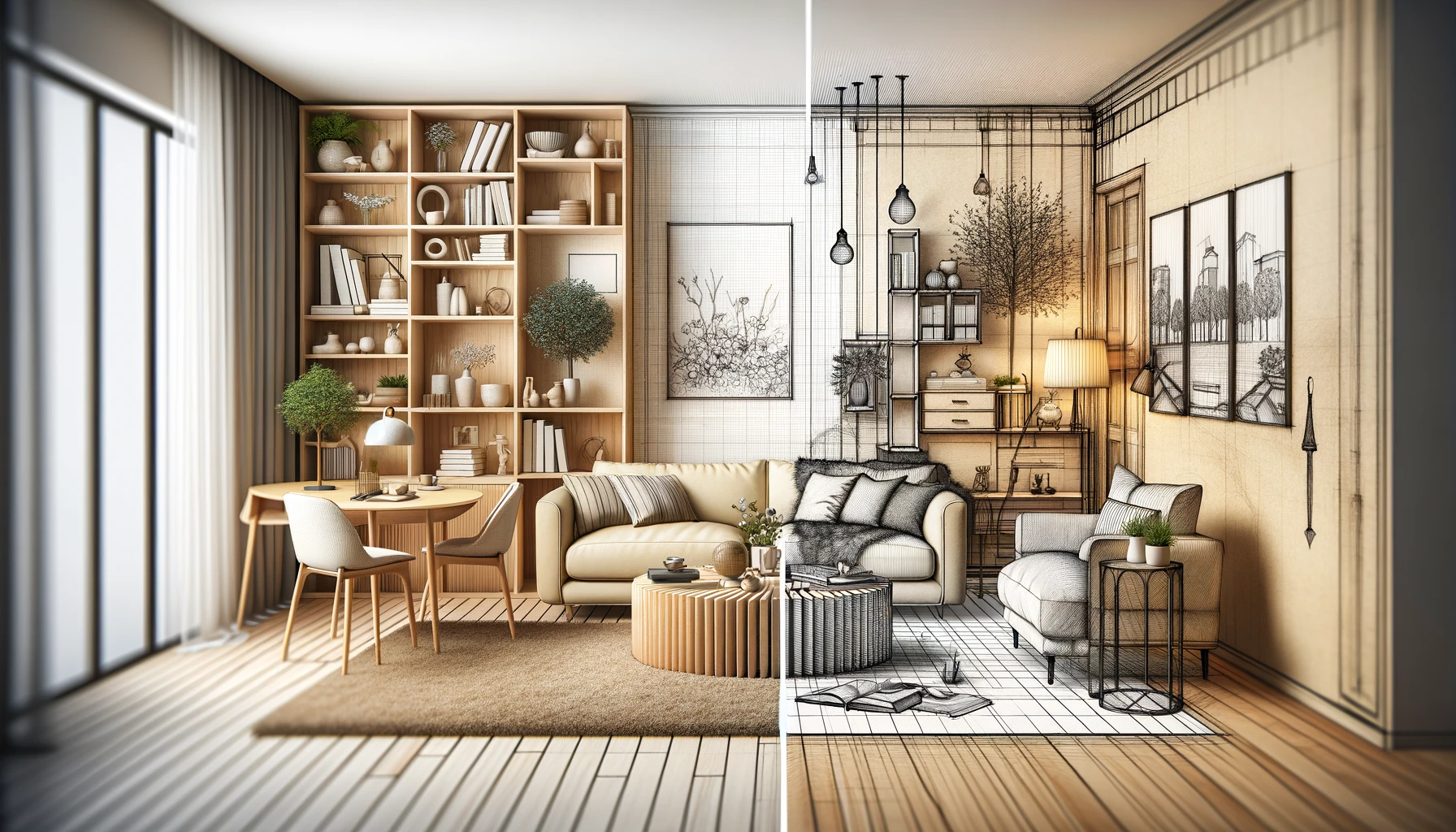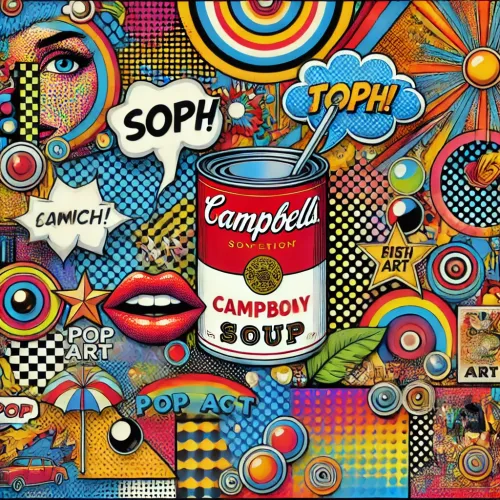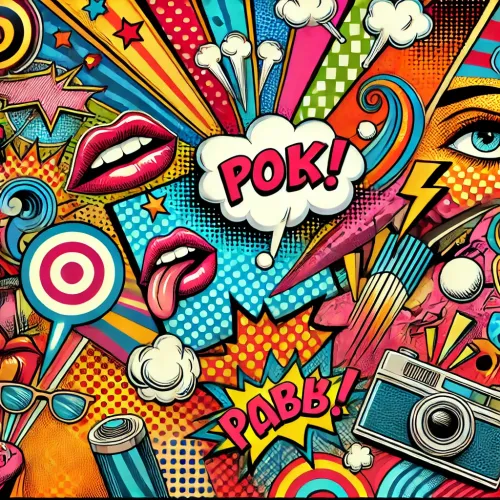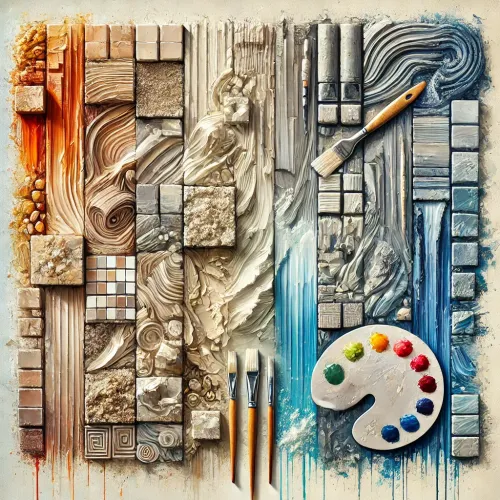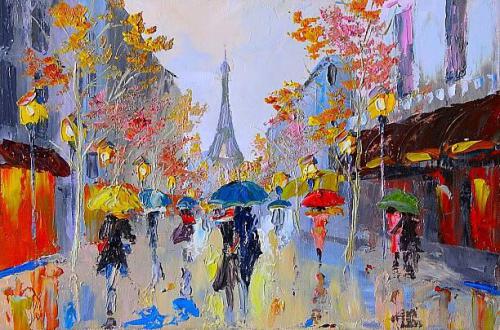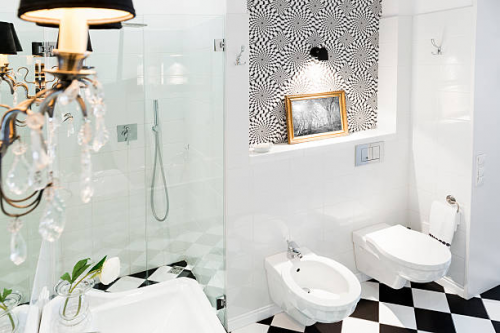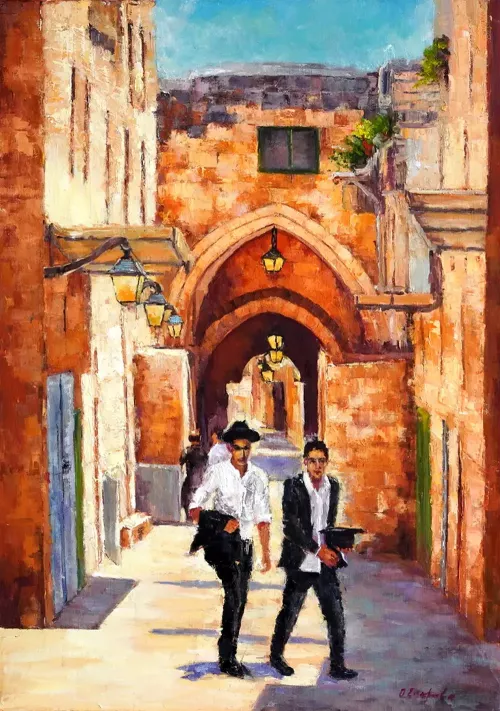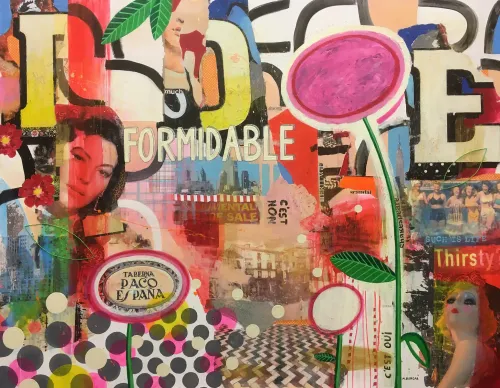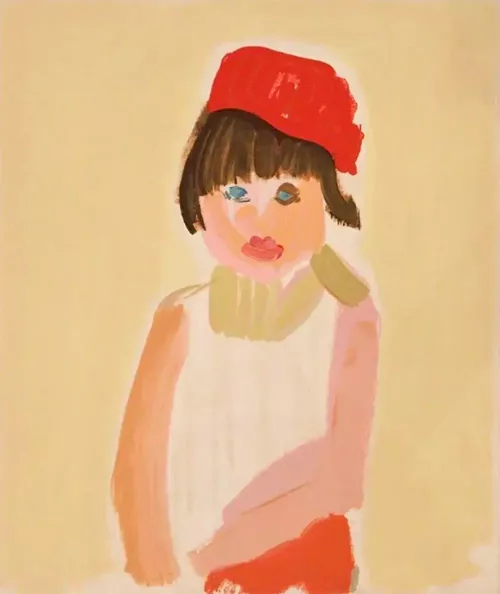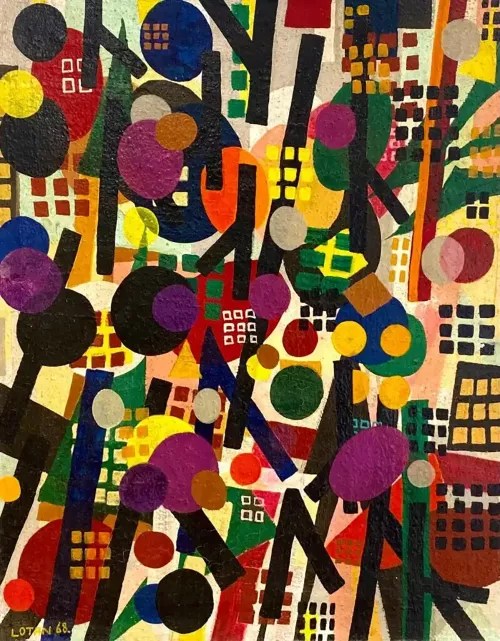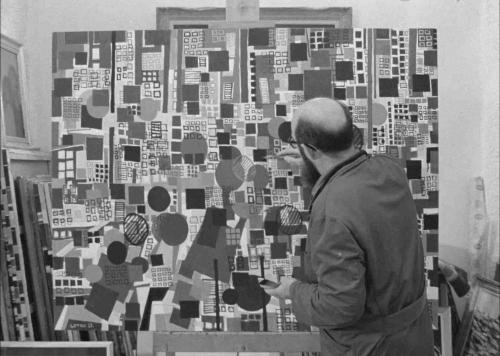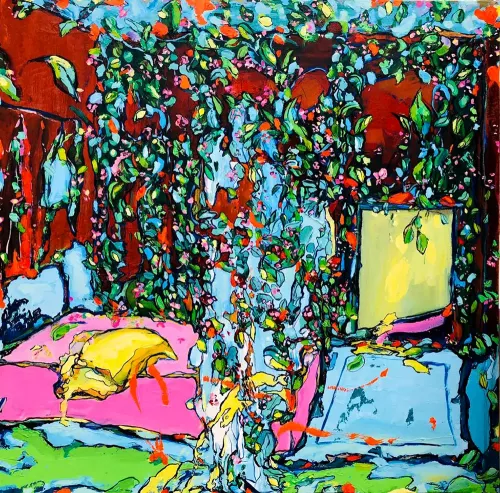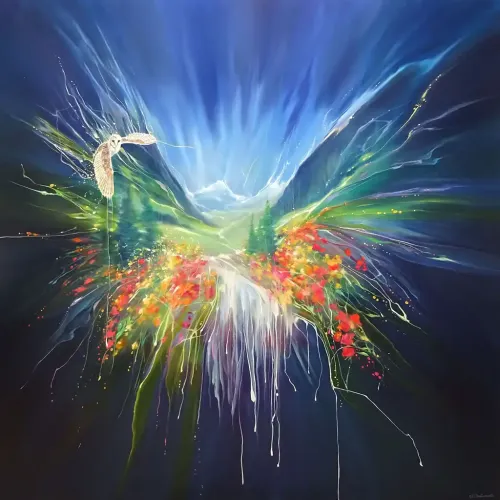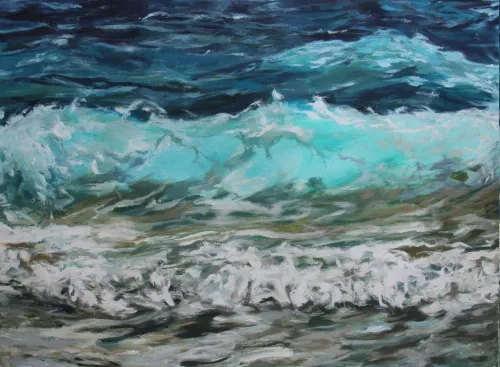The Journey of Modern Abstract Art in Interior Design
The Transformative Power of Modern Abstract Art in Interior Design
The Transformative Power of Modern Abstract Art in Interior Design
The Symbiosis of Art and Space
Modern abstract art has an intricate relationship with interior design. Abstract art transforms blank spaces into vibrant, lively environments. The colors, shapes, and textures of these artworks infuse energy and character into any room. When placed thoughtfully within a well-designed interior, abstract pieces create focal points and enable self-expression. This symbiosis between art and design enriches homes and offices with visual interest.
The Evolution of Abstract Art in Modern Interiors
Abstract art emerged in the early 1900s as artists broke from traditional forms. Pioneers like Wassily Kandinsky and Piet Mondrian emphasized shape, color and line rather than depicting recognizable objects. As abstract styles developed through various art movements, their distinctive aesthetic translated effectively into interior design. Mid-century modern interiors readily incorporated abstract expressionism, pop art and geometric designs.
What is Modern Abstract Art and Wall Art?
Modern abstract art utilizes color, line, shape, form and texture in imaginative, non-objective compositions. It depicts no discernible objects, instead conveying emotions and ideas through visual language. Abstract art ranges from organic, painterly styles to hard-edged geometric designs. Wall art refers to works designed intentionally for interior display to enhance living or work spaces aesthetically. Various abstract art forms lend themselves for use as modern wall art, including paintings, prints, photography and 3D pieces. Their imaginative presence uplifts environments.
Understanding Different Types of Abstract Art in Design
Diverse abstract styles apply effectively as modern wall art. Abstract expressionism features colorful shapes floating across ethereal backgrounds. Pop art injects bright, bold graphics or common object representations into interiors. Op art creates optical illusions. Geometric designs incorporate circular, triangular or rectangular patterns. Minimalist styles utilize negative space. Paintings have distinctive textures. Photography captures provoking perspectives of buildings, cityscapes or nature. Prints offer affordable options to adorn space. Sculptural pieces add compelling dimensions. Knowing these types helps interior designers thoughtfully incorporate the optimal modern abstract wall art.
The Art of Placement: Ideal Spaces for Modern Abstract Wall Art
Strategic placement showcases modern abstract wall art. Foyers and hallways with blank surfaces provide ideal canvases for large statement pieces. Bathrooms gain an invigorating ambiance from vibrant artwork. Kitchens tend to suit more minimalist or geometric abstract styles. Living rooms benefit from a mix of paintings, prints and sculptures that establish their aesthetic. Bedrooms may incorporate subtler organic abstracts to soothe inhabitants. Home offices can display bold graphics or op art enhancing concentration.
Design Principles: How Abstract Art Influences Mood and Atmosphere
Abstract art’s virtues transcend aesthetics to influence the interiors’ mood and atmosphere. Cool hues like blues and greens have calming effects, while warm shades of red, orange and yellow energize spaces. Soft, fluid shapes and amorphous compositions suggest serenity and contemplation. Jagged designs or diagonal lines convey vibrancy. Darker palettes evoke mystery; pale washes feel ethereal. Tactile, multi-dimensional artworks animate through contrasts.
Financial Aspects: The Investment Value of Modern Abstract Art
Once deemed rebellious and incomprehensible, modern abstract art now commands substantial value due to cultural appreciation and investor interest. Multi-million dollar auction sales have occurred for works by acclaimed 20th-century abstract pioneers like Mark Rothko, Jackson Pollock and Willem de Kooning. Even emerging contemporary artists receive fair prices.
Besides monetary worth, modern abstract art offers interior design value-adds. Curated collections promote individuality in commercial spaces. Stylish abstract wall art renders rental properties more aesthetically appealing.
Real-Life Examples of Abstract Art Transforming Spaces
Accent walls in Stockholm’s Nobis Hotel spotlight lithographic prints with bold geometrics enlivening the lobby. London’s Ace Hotel mixes custom ambigrams, fluid organic sculptures, neon plexiglass and graphics for an eclectic, engaging ambiance. The headquarters of Emtek manufacturers in Indonesia incorporates sweeping exterior architecture with integrated natural materials, offset by unexpected pops of color and bent steel sculptures.
Inside, their office bears modern abstract wall panels influenced by distant galaxies, contrasting vividly against the lush environs. Such vivid global case studies testify that strategic placement of diverse modern abstract wall art re-imagines and energizes indoor spaces.
The Future of Modern Abstract Art in Interior Design
Today’s pluralistic, ever-evolving artistic climate ensures continued innovation in modern abstract aesthetics, media and applications. Technology grants new frontiers like digital art, lenticular printing, kinetic sculptures and immersive installations enabling multi-sensory viewer engagement. Environmentally sustainable materials develop alongside conscience and imagination. With these springboards, modern abstract art will continue permeating interior design organically.




























































































































































































































































